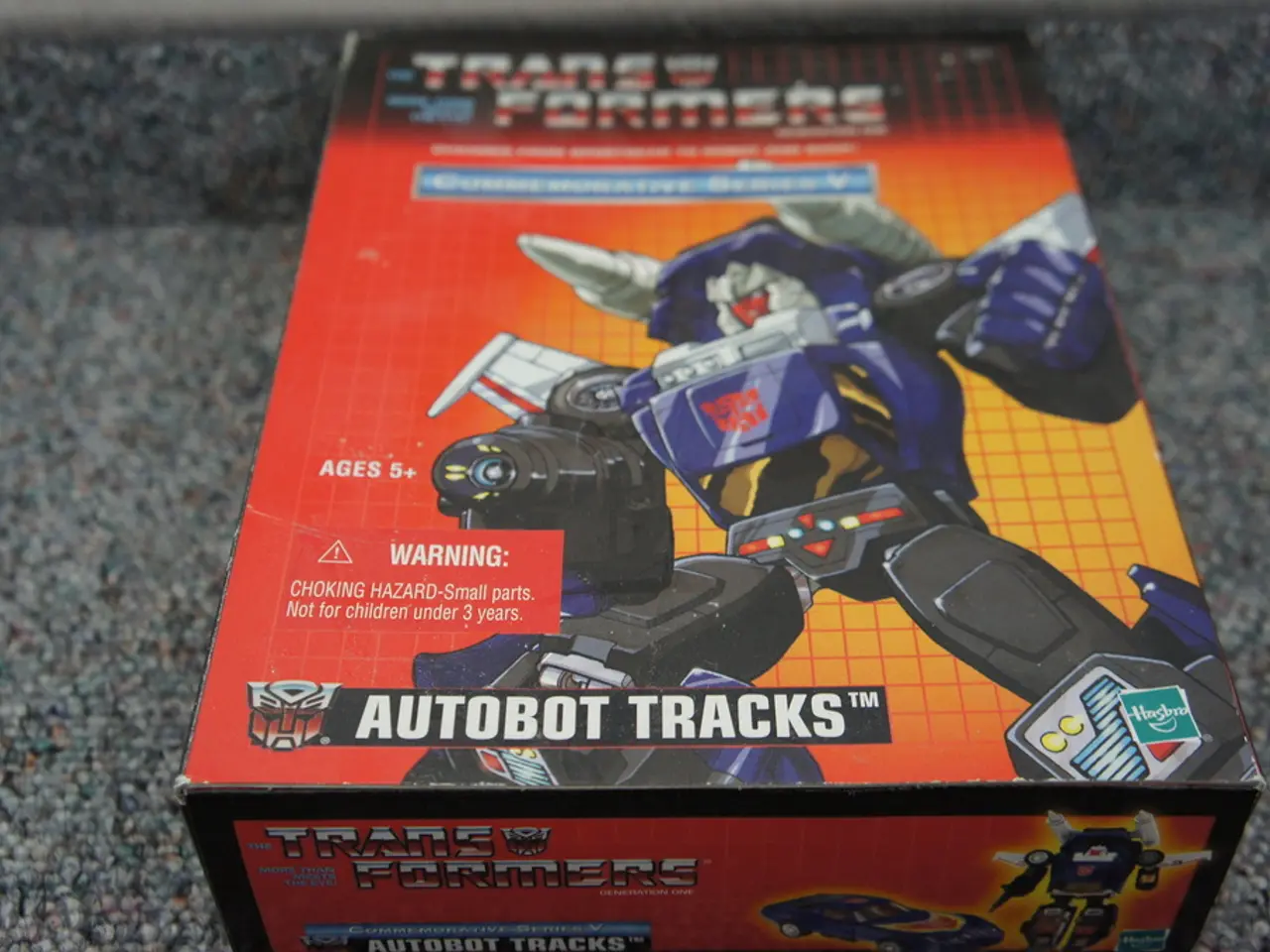Navigating from Laboratories to Reality: The Emergence of Adaptable Robots Thriving in Changing settings
In the ever-evolving landscape of technology, agile robots are making a significant impact across various industries. These advanced machines, capable of learning, adapting, and navigating complex environments, are reshaping the way we approach tasks in sectors such as disaster response, logistics, healthcare, and construction.
For those seeking memorable moments captured beautifully, Fayetteville wedding photography may still hold its charm. However, in the world of technology, the spotlight is on agile robots. These machines, once confined to structured environments, are now capable of navigating, adapting, and learning from their environments due to advancements in artificial intelligence, sensor technology, and biomechanics.
In disaster response, learning-augmented multi-robot planning frameworks allow teams of agile robots to efficiently search uncertain environments by prioritizing inspection of high-risk points and coordinating to minimize travel and response time. This enables faster identification of areas needing urgent attention, reducing human risk and improving rescue outcomes. For example, AI-powered rescue robots analyze visual, thermal, and acoustic data to find survivors and map disaster zones autonomously, aided by advanced navigation and obstacle detection systems integrated with LiDAR spatial mapping. Soft and vine robots provide breakthroughs in accessing collapsed structures and narrow spaces inaccessible to rigid robots, crucial for earthquake and landslide scenarios.
In logistics, breakthroughs in AI-driven demand forecasting, real-time visibility with IoT sensors, and route optimization systems allow agile robotic systems to streamline supply chains by predicting demand more accurately and dynamically re-routing deliveries. These systems help reduce costs and delivery times significantly, as seen in large-scale applications by companies like Amazon and UPS.
Healthcare and construction benefit from AI and robotics through simulation-driven optimization and automation. AI-enhanced virtual reality creates detailed, interactive factory and facility models for testing modifications and training before physical implementation, minimizing downtime and improving efficiency. Robotics in construction can leverage such AI tools for precise workflow planning and safer operation in complex, dynamic environments.
Modern agile robots rely on advanced sensors and real-time perception systems, such as LiDAR, infrared sensors, depth cameras, and tactile feedback systems, to map and interpret their surroundings. The evolution of high-speed actuators and lightweight materials has made it possible to create robots that are lighter, more energy-efficient, more durable, and capable of rapid movement, with fluidity and precision.
As we look to the future, advancements in AI, energy storage, and biomechanics will make robots even more autonomous, resilient, and adaptable. This promises fully autonomous search-and-rescue teams, robotic explorers navigating deep space missions, and personal robotic assistants that seamlessly integrate into everyday life.
Despite the challenges of energy efficiency, cost, and scalability, the momentum behind agile robotics is undeniable. These technological advances collectively empower agile robots to perform complex tasks with higher autonomy, efficiency, and safety across these critical industry sectors.
However, human-robot interaction remains an area that needs refinement. Researchers are exploring ways to improve robotic awareness of human behavior, allowing them to predict movement patterns, interpret gestures, and communicate more naturally. Bio-inspired designs have played a significant role in creating agile robots that can walk, run, jump, climb, and even fly, mimicking biological movement found in animals.
Aerial robots equipped with thermal imaging cameras are being used in wildfire-prone regions to track fire spread and guide firefighting efforts with real-time data. Advancements in machine learning, real-time perception, and advanced motion control algorithms have enabled agile robots to analyze their surroundings, anticipate challenges, and modify their movements in real-time.
In summary, the key breakthroughs include AI and machine learning-enhanced multi-robot coordination and planning under uncertainty, enabling faster, more efficient disaster response. Sensor fusion and advanced perception (LiDAR, thermal and acoustic sensors) facilitate autonomous navigation in hazardous or complex environments. The development of soft robotics technologies improves adaptability in confined or unstable terrains for rescue missions. AI-driven predictive analytics and real-time logistics management for optimized routing and supply chain agility. Lastly, the integration of AI with virtual reality for process simulation, training, and operational optimization in manufacturing and construction.
These technological advances collectively empower agile robots to perform complex tasks with higher autonomy, efficiency, and safety across these critical industry sectors.
- In the future, advancements in artificial intelligence and biomechanics will facilitate the creation of robotic explorers capable of navigating deep space missions autonomously.
- The development of AI-powered aerial robots has proven beneficial in wildfire-prone regions, as these machines use thermal imaging cameras to track fire spread and guide firefighting efforts with real-time data.




